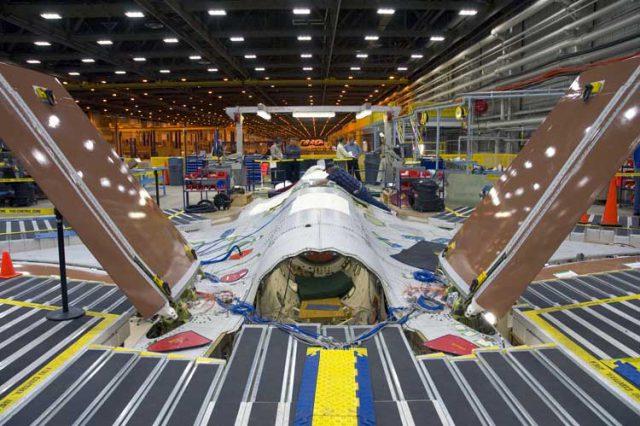
After almost four years in gestation, a Defence Industrial Capability Plan has emerged. Like the recently released Defence Export Strategy, the industrial capability plan is rich in aspirational targets and administrative detail. Less obvious are the document’s broader public policy implications.
By way of background, the 2016 Defence Industry Policy Statement—upon which the new plan seeks to build—eschews dealing directly with two factors that traditionally dominate policy debate and remain critically important today. One is the extent to which government should pay a price premium to have defence capital equipment built domestically rather than overseas. The other is the degree to which market competition should be used as a method for equipment procurement.
Instead, elements of both factors are subsumed under the industry policy statement’s discussion of the industrial capabilities considered important to hold in-country, ostensibly for military–strategic reasons. Rather than designating these capabilities as a priority for the defence of the nation (the capability ‘should haves’), the statement adopts the concept of industrial sovereignty (the capability ‘must haves’).
Driven by a belief within government that priority industry capabilities (PICs) had ‘served their purpose’ and that it was ‘time to take a fresh view’, the industry policy statement expounds the virtues of a narrower, more selective approach.
Fast forward to 2018, and what kind of outcome did we get? Well, something that’s a little perplexing might be the best way to describe it. Leaving aside the impression that the method used to select sovereign industry capabilities is considerably more complex and opaque than the method underpinning the selection of PICs—when a ‘simpler and clearer’ approach was the stated objective—two aspects of the new plan stand out.
The first is that the plan doesn’t specify which among the PICs have been retained and now fall under the umbrella of industrial sovereignty. However, a close investigation suggests that most of those capabilities have been included in one form or another. Indeed, contrary to early indications, rebadged PICs appear to constitute the backbone of the new sovereignty framework.
The second is that the policy shift from ‘priority’ to ‘sovereignty’ didn’t narrow the scope of critical industrial capabilities. Instead, the government has moved in the opposite direction—greatly expanding the proportion of defence industry now deemed to be of the highest military–strategic value.
Expansion occurred through several avenues. A number of rebadged PICs have been reshaped to include a broader range of goods and services. Submarines provide just one example: the industrial capability necessary to support the upgrade of the combat system has been superseded by the capability needed to sustain most elements of the vessels.
Equally, significant capabilities have been added that weren’t included as PICs—the most important being naval shipbuilding, combat vehicle manufacture and aircraft deep maintenance. Each of these capabilities is, or will soon become, a major contributor to defence industry activity.
Unfortunately, the plan makes no specific mention of why naval shipbuilding and vehicle manufacture in particular are now sovereign capabilities. Nor does the document indicate, even in approximate terms, what proportion of defence industry now enjoys sovereign status. These are significant omissions.
However, in relation to the last of these points, what is clear is that this proportion is well above the figure of roughly 20% ascribed to PICs. Indeed, the magnitude of the expansion—driven primarily, but not exclusively, by naval shipbuilding and vehicle manufacture—moves Australia from a situation in which a small proportion of its defence industrial base was considered especially important to retain in-country for military–strategic reasons to a situation where only a small proportion of the industry isn’t considered especially important. That’s a big shift.
There’s little evidence in the plan or elsewhere to indicate that this shift is the result of some PICs being too narrowly defined previously—such as cyber, which is now designated as sovereign but had been excluded from the PIC on electronic warfare. Nor is there much evidence that the shift is a result of changes in the structure of the ADF and Australia’s strategic outlook since the PICs were introduced more than a decade ago.
Consequently, the single most important factor behind the shift seems to be a change in definition—away from sovereignty as a concept based purely on military–strategic necessity and towards a concept based to a significant extent, and perhaps even predominantly, on whatever industrial capability falls within Australia’s technical reach.
If so, the plan moves defence industry policy much closer to the notion of industrial self-reliance (as distinct from industrial sovereignty) than has been the case for many decades.
A critically important issue in relation to all of this is what the cost of the shift to sovereignty might involve. With so much of an already highly concentrated defence industry now protected from direct import competition by virtue of its sovereign status, the questions naturally arise as to what effect this might have on the cost of procuring capital equipment and what measures Defence has in place to ensure that value for money is achieved.
On this, and other key issues raised above, the new plan is largely silent.